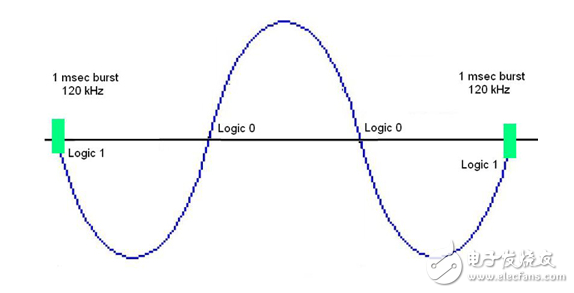
资料下载

电力线通信:一个可行的消费者链接
电力线通信:一个可行的消费者链接
电力线通信已经存在了很长一段时间,我们大多数人最先接触到这项技术,它早期用于家用自动化和家电的远程控制。它使用交流电源线作为电源和通信介质。
最初向公众介绍了什么是现在被称为X10协议,使用相同的导线,电源线通信的好处已经得到很好的理解,这一技术扩展用于电力公用事业,以及计算机网络与分布式音频流内的建筑。
本文着眼于电力线通信技术和工程师可以用来实现它的设备。它检查了一些历史和流行的协议及其优点和局限性,并讨论了在决定电力线通信是否适合您的应用程序时需要注意的问题。

From whence it came
The power utilities discovered early on that in addition to delivering raw high-voltage AC power through an extensive network of cables, switches, transformers, and circuit breakers, they also needed a way of communicating. In the 1920s and 1930s, people were not as dependent on electricity as they are today, so when power went out it could routinely take days or even weeks to send crews to find and fix power faults, especially in remote areas.
The most basic need for remote data gathering drove the early systems. The simplest implementations use narrow band 15 to 500 KHz carrier waves for rudimentary on/off keying for long haul remote data measurements over high tension power lines. These low-frequency RF signals are capacitively coupled at relatively low amplitudes (compared to the kilovolt levels of the AC power), and do not interfere with the 60 Hz power and timing signals used in early electric appliances. (For example, before crystals, early clocks would get their time reference from the 60 Hz power line and high frequencies did not get through the transformers that converted the high-tension voltage to standard 120 volts used today)。
声明:本文内容及配图由入驻作者撰写或者入驻合作网站授权转载。文章观点仅代表作者本人,不代表电子发烧友网立场。文章及其配图仅供工程师学习之用,如有内容侵权或者其他违规问题,请联系本站处理。 举报投诉
- 相关下载
- 相关文章





